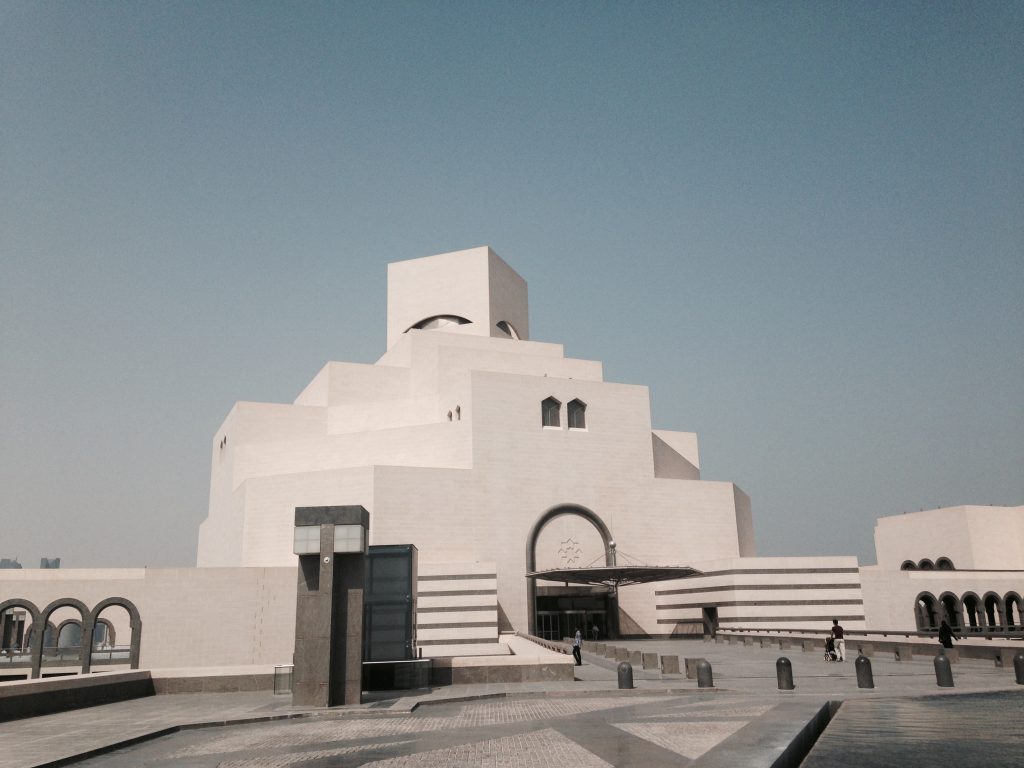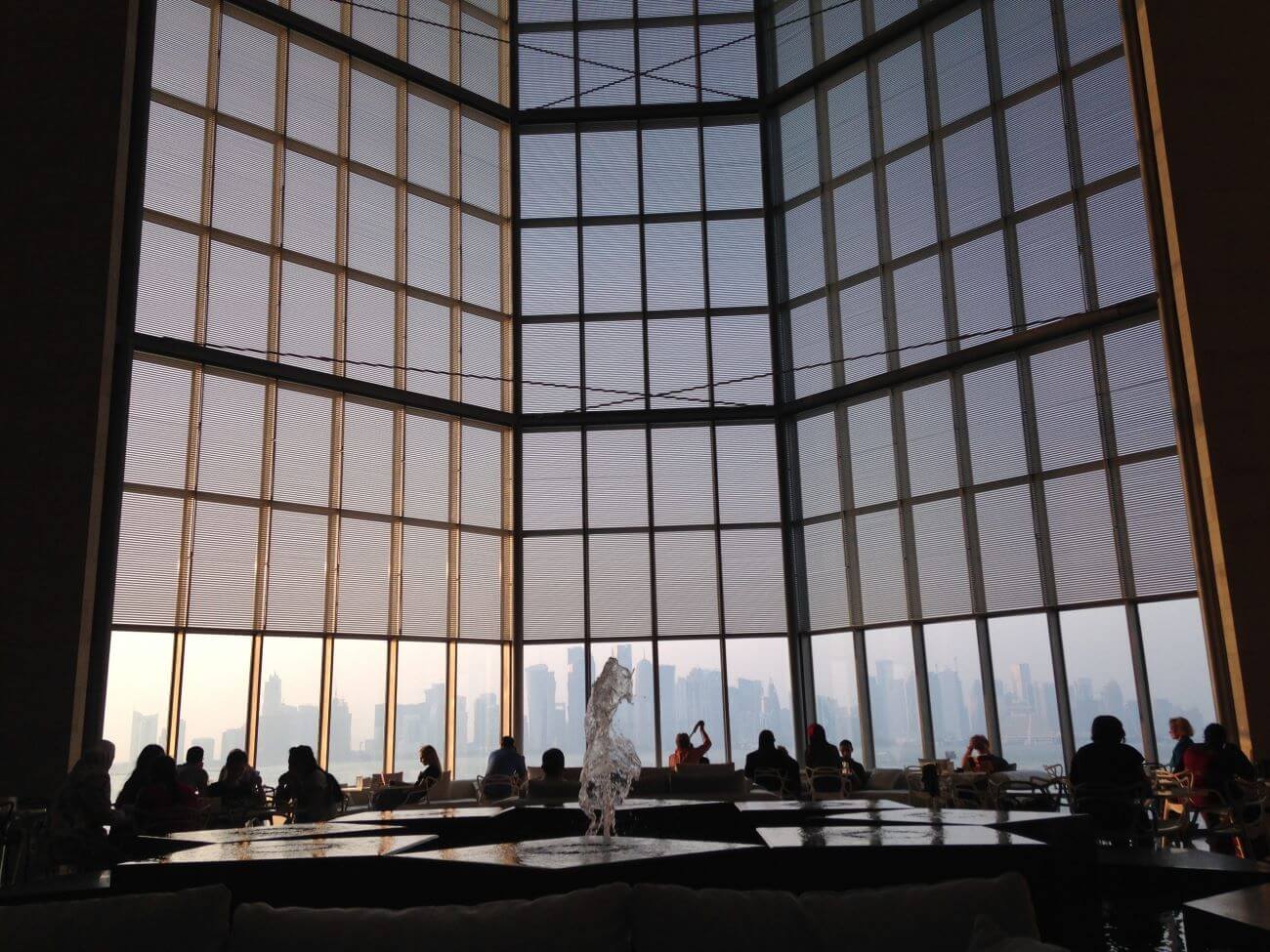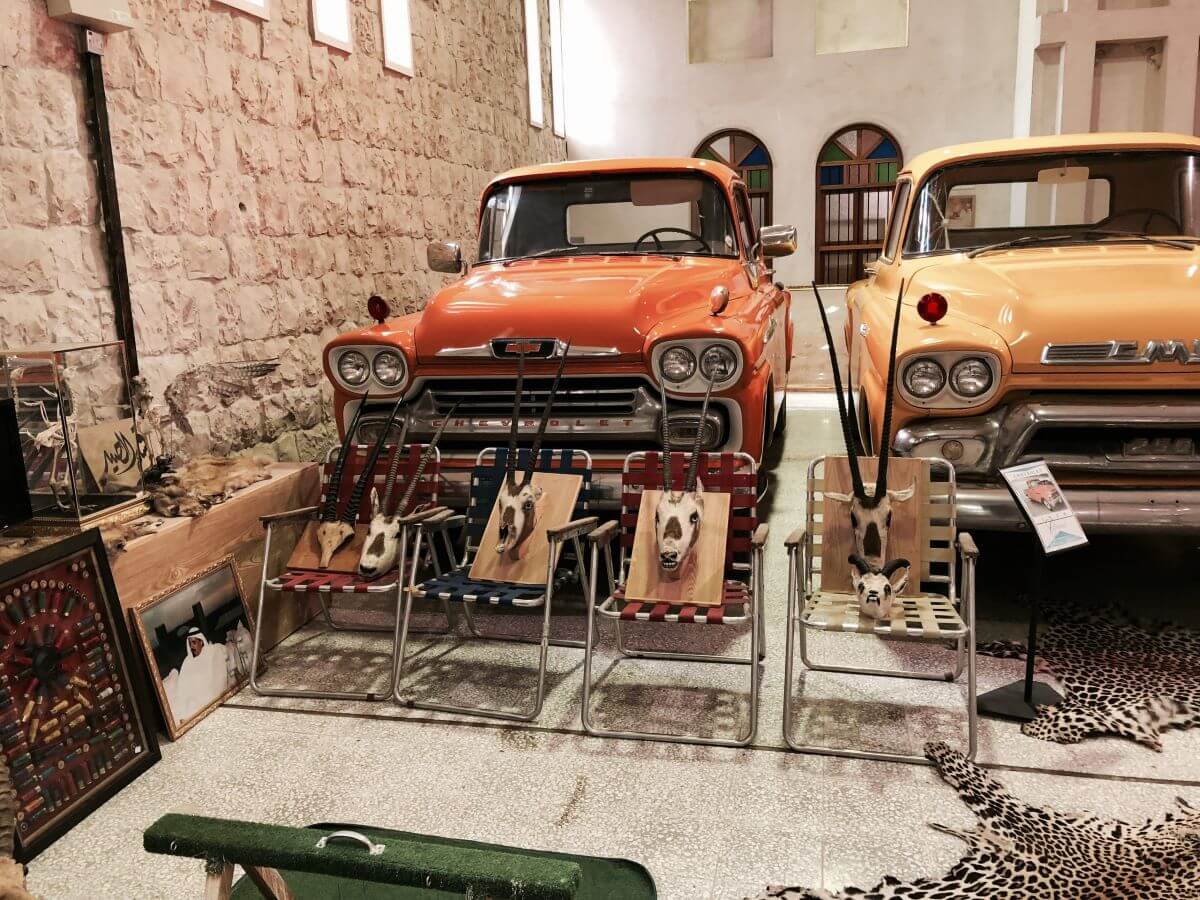 Gulf’s Misperceived Museology
Gulf’s Misperceived Museology


Western media has been increasingly interested in the Gulf’s cultural investments since the opening of Doha’s Museum of Islamic Art (MIA) in December 2008. Indeed, it is as if the opening of MIA welcomed a new era in the Gulf museology as a number of similar mega-museum projects followed: Mathaf: Arab Museum of Modern Art (2010), King Abdulaziz Centre for World Culture (2016), Louvre Abu Dhabi (2017), National Museum of Qatar (2019). Common to these projects is spectacular architecture, involvement of a stararchitect, utilisation of Western approaches to art and history (think, for example, the classification principles driving MIA’s organisation and display of objects and artefacts) and attention from various Western media outlets scrutinising these projects’ sustainability, approaches and values.
Western critics and journalists play a powerful role in creating and shaping a discourse around the Gulf’s cultural projects and museological landscapes. Popular point of views include examining the countries’ treatment of migrant construction workers, looking at the extreme spending on culture, particularly the generous spending at various auction houses, speculating on the ruling families’ wishes to transform the Gulf cities, mainly Doha and Dubai, into art hubs rivalving New York and London, pointing out the lack of local audiences, discussing fears over censorship and examining these mega-museum projects as if they are established on a tabula rasa, portraying them as projects created within and for societies devoid of local cultural production. The latter is not necessarily always directly stated, but gently implied particularly when noting, in a slightly worried tone, how much work there is still to be done to interest local audiences, to make sure local audiences find the mega-museum projects and their exhibitions. This rhetoric becomes highly problematic as many of these museums are filled with Western museum professionals and consultants, who despite their knowledge and professionalism, can rarely escape the fact that they are, ultimately, products of their education and museological ideals modelled on the Western principles. The evident lack of historical and cultural understanding of the Gulf’s museological landscapes in the Western media – it is extremely rare to find an article that includes even a brief history of museums let alone indigenous or vernacular collecting practices in the region – further invites readers to image that, indeed, there was very little to none existing culture or let alone museums in the Gulf before the establishment of these mega-museum projects.


Contrary to what one might gather from the Western media outlets, there exists an extensive museological landscape outside of the Western-style mega-museum projects in the Gulf. Similarly, the history of museums in the region goes way beyond the 2010s. Before elaborating more on the Gulf’s museological landscape, it is important to remember that the absence of museums or art institutions mirroring or replicating the Western ideals (e.g. the aforementioned classification principle stemming from the Enlightenment ideals), does not equal to nonexistent indigenous museological practices or processes. This is something the Western world tends to forget: museums are essentially products of the West and it is almost neo-colonial and imperialist to expect them to exist identically across the world. We can find regional and local museological practices all over the world, but we must also widen or abandon our existing view of what those might look like (e.g. neo-classical palazzo with an ‘order of the world’ or modernism displayed in a neat white-cube gallery atmosphere).
The Gulf’s rich museological landscape culminates in the existence of various private collections and private museums, which present local practices of collecting and display. By no means these are homogeneous, but range on a continuum representing a fully localised practice to establishments that, in some ways, utilise Western museological principles.
Private collecting is a very popular activity in the region. Collectors are interested in preserving artefacts and objects related to the traditional lifestyles, but also have more specific interests ranging from fossils to Qur’anic manuscripts and from Islamic art to modern and contemporary forms of creation. These collections are often held in the majlis or diwaniyya, semi-private spaces, where engagement with the objects and the collection is common and informal. Qatar Museum’s extremely popular Mal Lawal (From the Old Times) exhibitions, organised in 2012 and 2014-15, illustrate the popularity and interest towards collecting.


Some of these private collections in the region have been developed into publicly accessible spaces. The range of these private museums is quite wide: there are establishments such as the Sheikh Faisal Bin Qassim Al Thani Museum in Qatar that utilise some Western museological principles, for example displaying objects in cases with interpretive text. At the same time, for a visitor accustomed to Western collecting principles, the very selection of artefacts and objects may come across as random, while this illustrates the underlying local collecting philosophies. Other regional private museums include the Tareq Rajab Museum, Beit Alouthman and the Kuwaiti House for National Works. All three represent a slightly different approach to regional and local museology and together with the other private museums and private collections remind us of the region’s rich museological landscape and existence of local practices of collecting and display.
As stated earlier, in addition to the extensive museological landscape that exists outside the Western-style mega-museums, the dominant Western discourse on the Gulf museums also tends to ignore the history of museums in the region. By no means the mega-museums were the region’s first cultural institutions. In fact, the region’s first museum, the Kuwait Museum, opened already in 1957. Failaka Museum on Failaka Island in Kuwait (1964), Fujairah Museum (1970), the Dubai Museum (1971), Al Ain National Museum (1971), Qatar National Museum (1975), Oman National Museum (1978) followed. While it is true that many of these institutions do resemble the Western examples of national museums, they also remind us that museums did exist, in fact, in the region way before the 2010s mega-museum era. Later examples include, but are not limited to, the Bahrain National Museum (1988), Sharjah Archaeology Museum (1993) and the National Museum of Saudi Arabia (1999). These institutions do not represent fully localised museological practices as most of these museums were created with the assistance of Western consultants but they highlight the region’s diverse museum histories. The very same histories that should be included in critical articles suggesting that the Gulf was somehow culturally empty before the mega-museums and global contemporary art. Importantly, together with the aforementioned private initiatives, these older state-run national museums remind us that the Gulf countries did have both culture and museological practices before the appearance of the Western-style mega-museums. Acknowledging these countries’ museological histories does not deny the extraordinary developments of the past decade or so, on the contrary, it helps us to form a fuller picture of their museological landscape.


 Gulf’s Misperceived Museology
Gulf’s Misperceived Museology 

